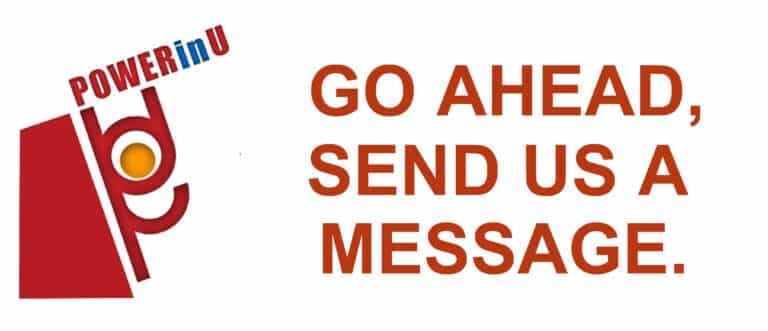
In part 1, we looked at collaborating with others – be it with our own or another team or department – to resolve a conflict. We saw a typical office scenario, where there were varying interests, focus and priorities although they all aimed to contribute strongly to the common goal, which was to successfully launch a new high-quality product on time and on budget.
We looked at step 1 to conflict resolution, which was to tackle the problem, not the person. We identified a few key important actions that looked easy but were actually hard to execute effectively.
Before we move to step 2, I promised to talk about a method that can help diverse teams understand a problem.
🛠️ Understanding a Problem Collaboratively using the Six Thinking Hats 🎩
The Six Thinking Hats was created by Edward de Bono, which he published in his 1985 book of the same name.
“The tool forces you to move outside your habitual thinking style, and to look at things from a number of different perspectives. This allows you to get a more rounded view of your situation. You can often reach a successful solution or outcome from a rational, positive viewpoint, but it can also pay to consider a problem from other angles.
For example, you can look at it from an emotional, intuitive, creative or risk management viewpoint. Not considering these perspectives could lead you to underestimate people’s resistance to your plans, fail to make creative leaps, or ignore the need for essential contingency plans.”
* A person who wears a White Hat thinks with objectivity and analytical perspective. This person uses facts and figures, and analyzes the data that they have.
* A person with the Red Hat, on the other hand, thinks with subjectivity, which means viewing a problem situation with emotions and feelings.
* A person who wears a Black Hat, views with pessimism, so the person is cautious and careful.
* While the person with a Yellow Hat has optimism, so the person’s views and forecasts are positive.
* Green Hat persons are constructive and creative thinkers.
* The chairman of the meeting wears the Blue Hat to keep the discussion moving and ideas flowing, encouraging the others to switch their thinking among the different perspectives.
The main advantage of the method is that each team member will be able to analyze the problem by assuming six diverse, sometimes unusual, perspectives.
Seeing numerous viewpoints to a problem provides a team of conflict-solvers to have a much more comprehensive picture of possible options and outcomes, which enable them to make their decision accordingly.
Imagine 6 people from QA, Sales and Marketing Teams attending a project meeting, where each person would wear a hat and present their respective perspective, and where everyone would listen to every person speaking. What do you think will happen with their collaborative conflict resolution?
📚 Reference: https://www.youtube.com/watch?v=UZ8vF8HRWE4
Related posts:

